The implications of Windows 11 emojigate: Here's what the experts think
Emoji are just the tip of the iceberg.
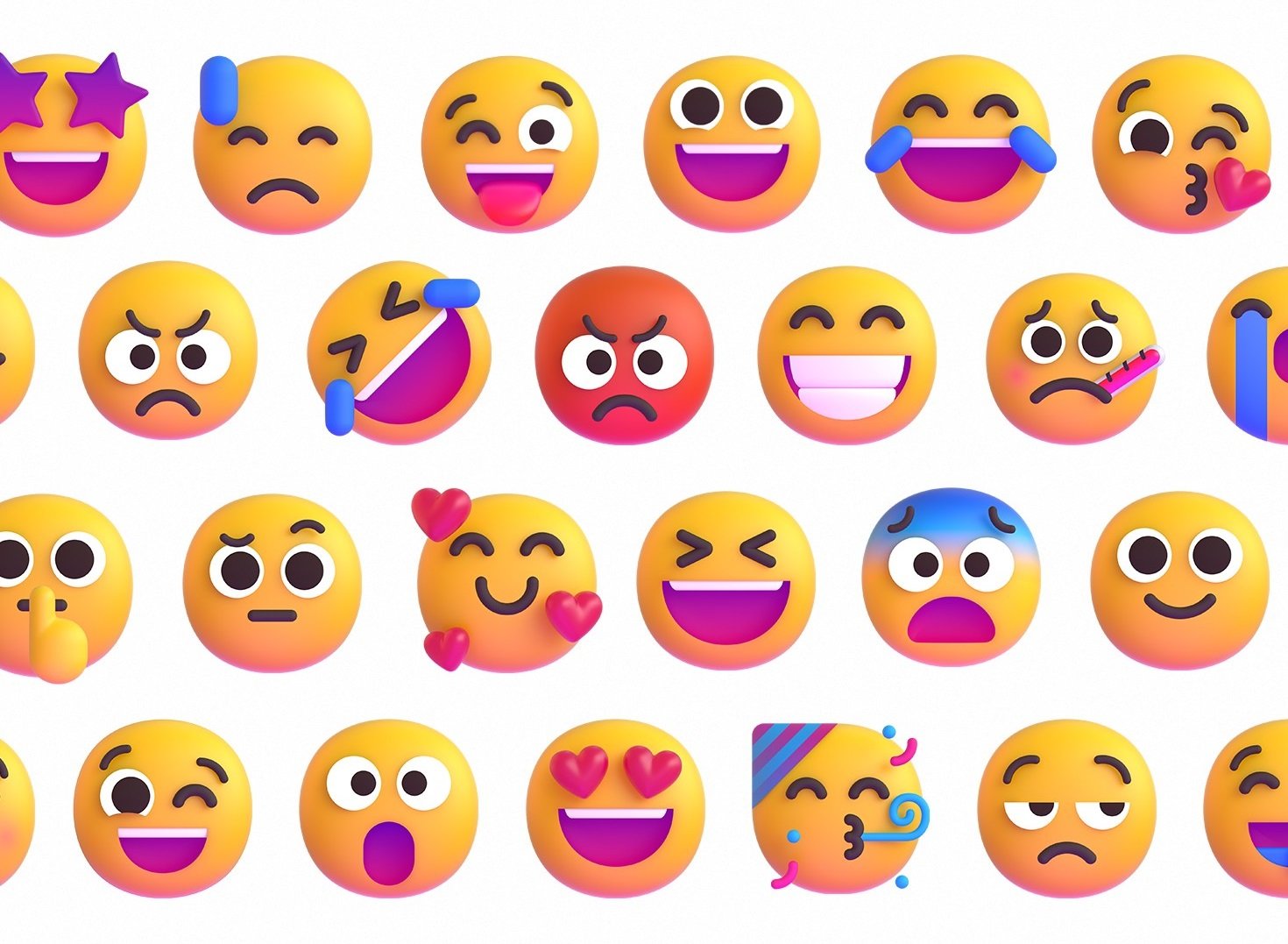
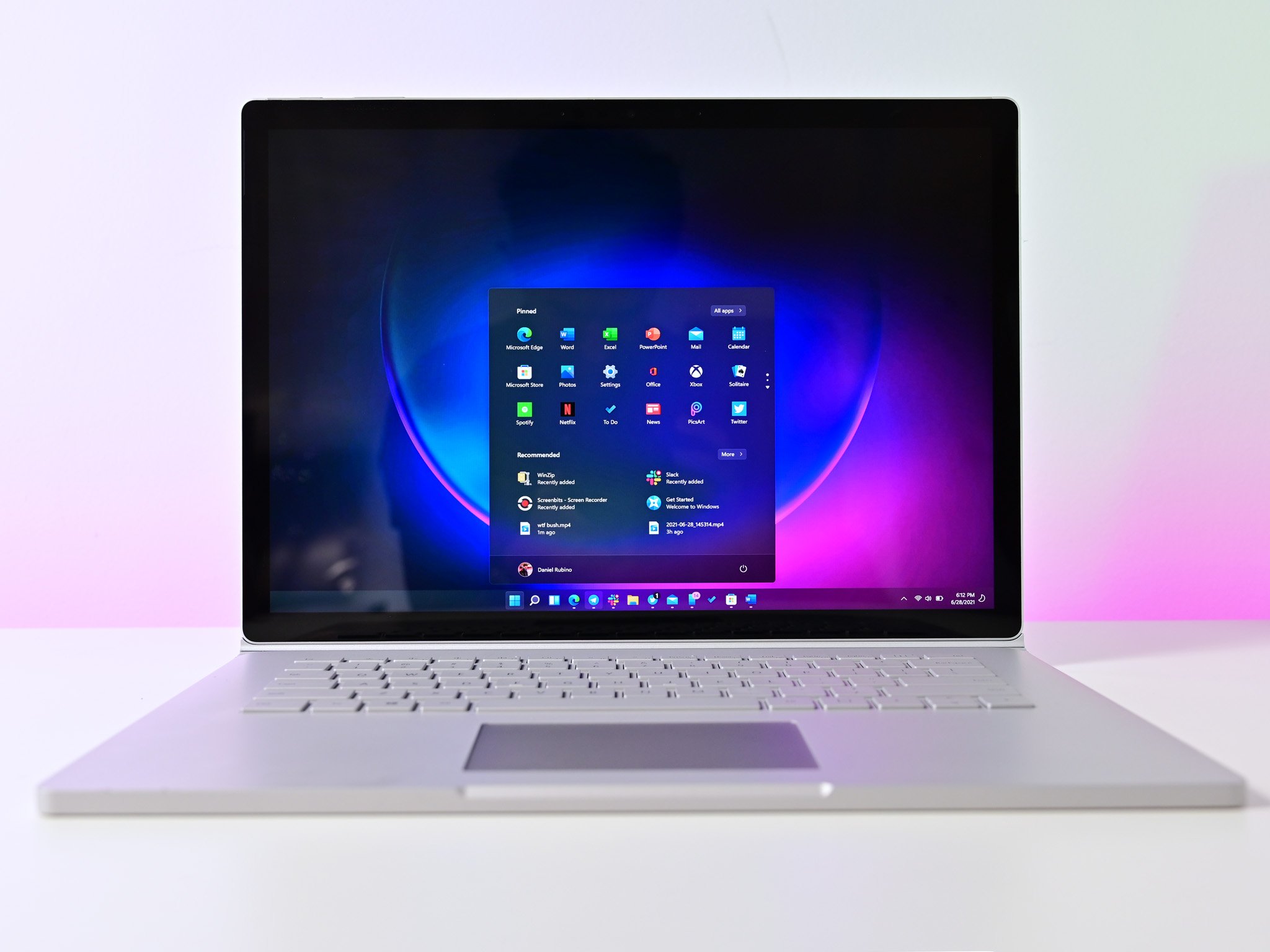
Windows is a big product designed to please a wide array of parties, and sometimes, in that effort to please everyone, it pleases none of them. Such was the case with emojigate, which ruffled feathers of pictorially perturbed internet denizens and Microsoft fans.
To make a long story short: Microsoft was, and continues to be, very unclear with its emoji intentions for Windows 11. And this brings up the age-old problem of the company communicating one plan for Windows before opting for another, much to the confusion of its supporters and customers.
Is such a dynamic inevitable given the scope of Windows, or can it be changed to better satisfy consumers' wants of transparency and clarity? We asked experts to find out what the forecast looks like.
How much do consumers matter?
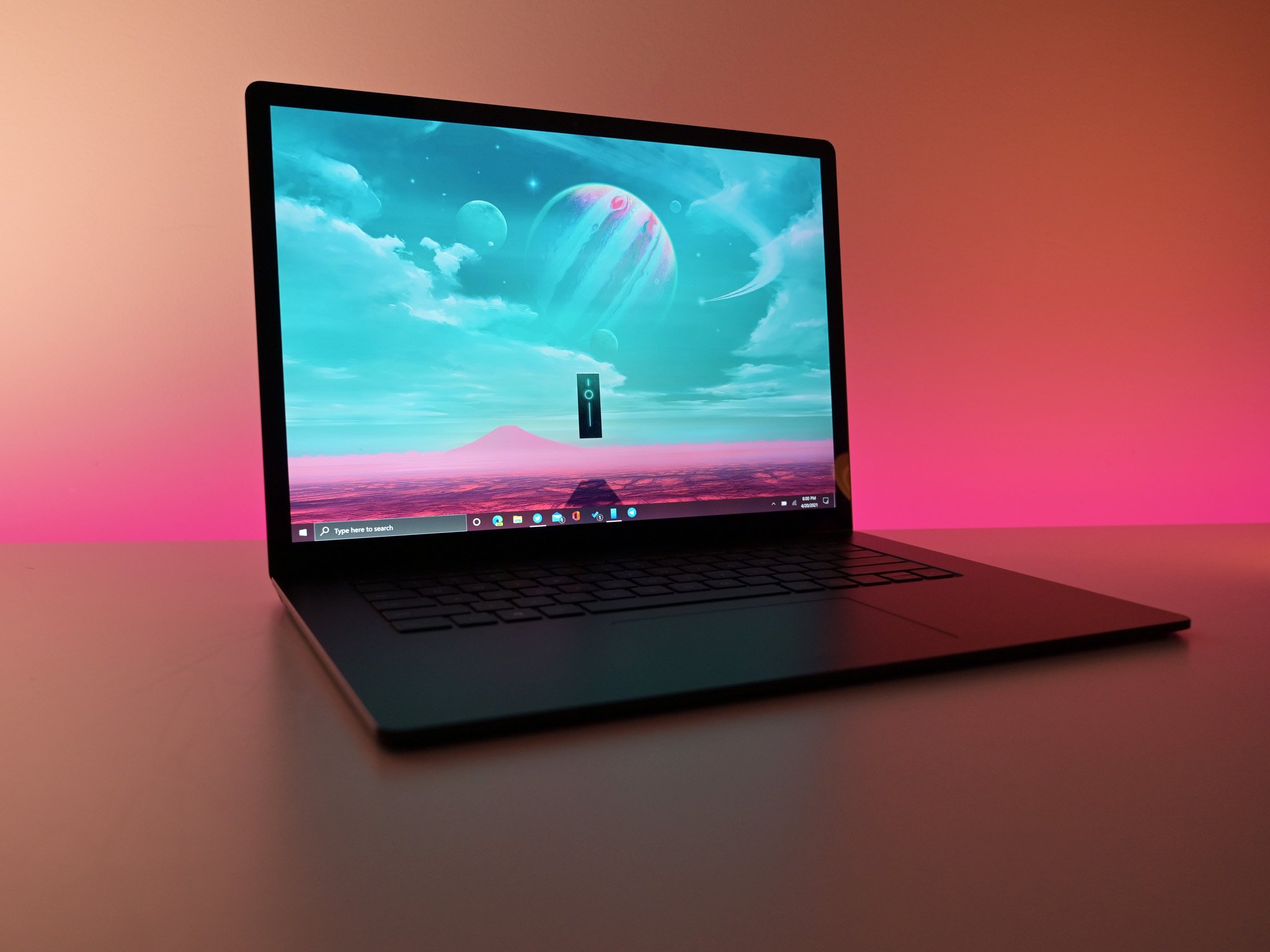
Windows is king of the hill in the business world, and there's no substitute quite like the enterprise space when it comes to money, so where does that leave consumers, the collectively massive but individually tiny core building blocks of Windows' userbase? When it comes to pleasantries such as emoji and the like, they're the ones who are most affected.
According to CCS Insight CEO Geoff Blaber, the existing dynamics of Windows may be shifting.
"Microsoft is seeking to balance an unprecedented range of hardware, software, customer and partner requirements with Windows 11," he said. "The result is that different elements of the OS are being developed on different timelines, but what is clear is that the consumer-facing aspects of Windows 11 are taking on a new importance. Inevitably that is resulting in changes to priorities."
Could a Microsoft of the near future ensure that another "Windows 10 is the last version of Windows" situation, and more recent items such as emojigate, never come to pass? Hypothetically speaking, it's on the table in the event the company is serious about its renewed effort to win over average people.
Get the Windows Central Newsletter
All the latest news, reviews, and guides for Windows and Xbox diehards.
Credit where credit's due
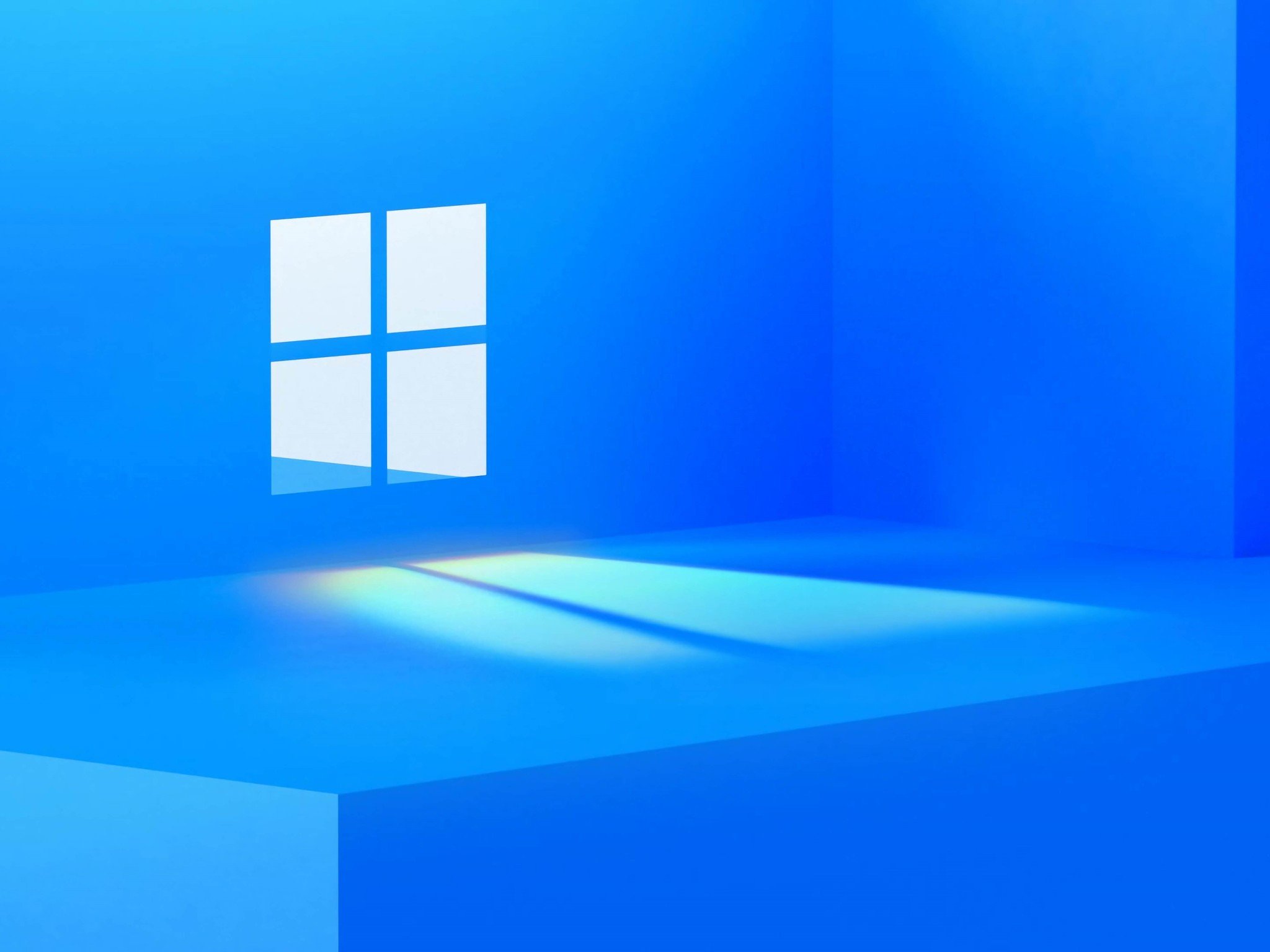
For what it's worth, even if some consumers do feel mildly betrayed over emojigate, that's still extraordinarily small fish in the sea that is Windows. The fact consumers have had functional Windows iterations for decades now is, in no small sense, an accomplishment on Microsoft's part given the scope of the technology.
Steve Kleynhans, the Vice President of Digital Workplace Infrastructure and Operations at Gartner, highlighted that point while clarifying Microsoft's not entirely off the hook for its missteps (though he wasn't a fan of trivializing real scandals by legitimizing "emojigate"). "There is no question that Microsoft's messaging around Windows can be unclear and indecisive, and that the roadmap can be more of a meandering rocky path, than a well-paved highway," he said, going on to note that these circumstances are inevitable with such a large, multifaceted product, sharing the sentiments of Blaber.
"A lot of the current complaints are related to the visual overhaul of the user experience in Windows 11 and how there are still inconsistencies and glitches throughout the OS," Kleynhans continued. "Frankly, I'm surprised they got as much done as they did. This is a 20-plus-year-old problem engrained across thousands of components in one of the most complex pieces of software ever launched to the public. Two decades of baggage aren't going to get cleaned up in one year."
He then elaborated on how every change has to take different Windows userbases into account. What works for the consumer might not be a good fit for IT, and vice versa, meaning mixed messaging and visual inconsistencies are likely to occur in such a large process. He also stated that perhaps the idea of 3D emoji, or other such features Microsoft hasn't quite been the clearest on over the years, sounds like a good concept in the early stages but hit complications toward the end when it comes to optimizing for different devices, leading to derailments that aren't always the easiest to foresee.
Pandemics, priorities, possibilities
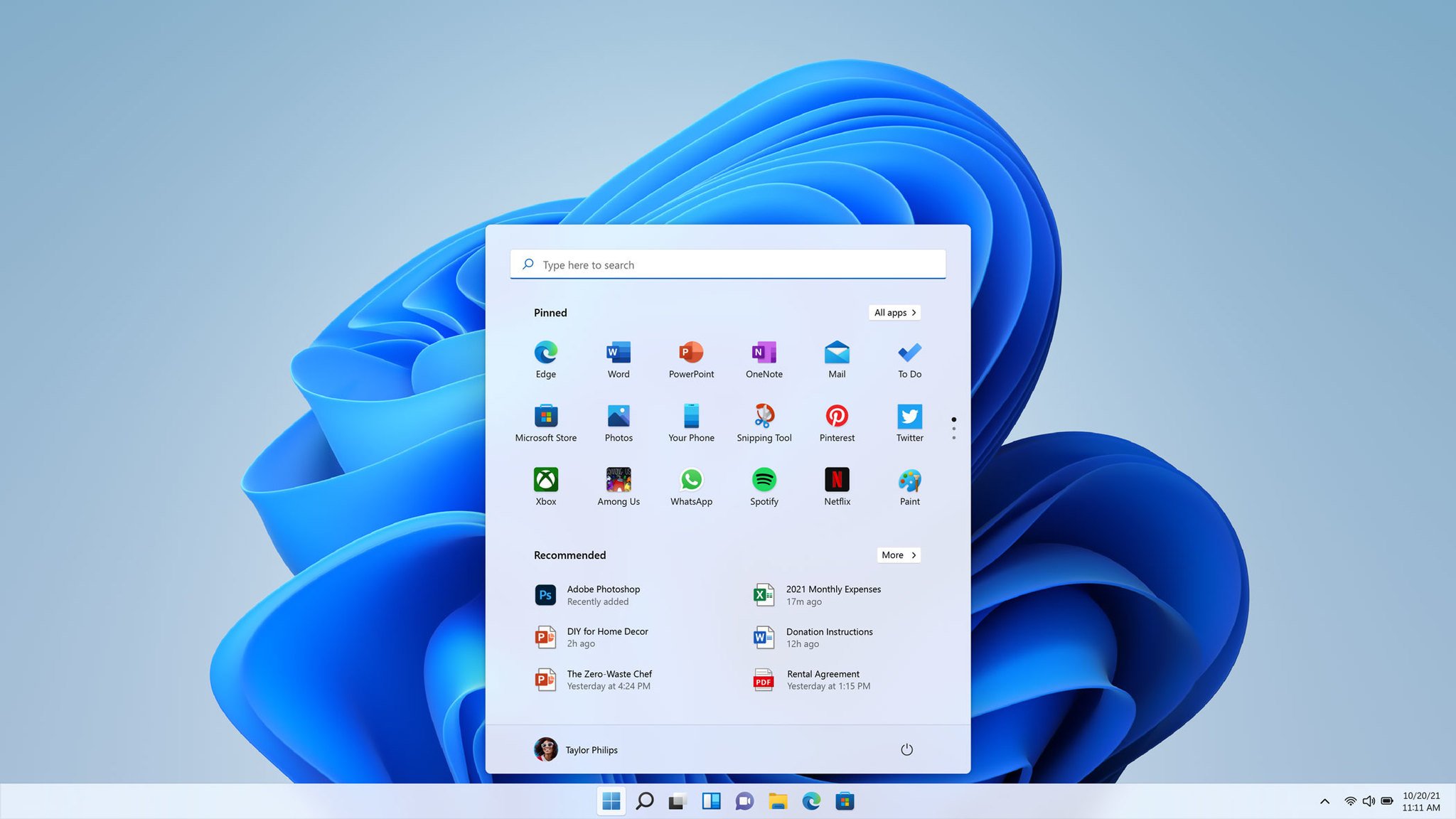
Kleynhans noted that priorities also play a factor. Sweating the minutia, the hiccups in an overall functional machine, may not be a focus for Microsoft when it has thousands of decisions to make on the larger aspects of Windows that keep the product functional and dominant in the marketplace.
To make matters trickier for Microsoft and its customers, the changing times have complicated development. "Some of this was a lot easier back when Windows only updated with a major release once every three or four years," Kleynhans said. "It was safer for Microsoft to communicate directions and even details much further out. Today, things move too quickly, and in response, the OS gets updated at least once a year and through multiple routes."
That complication has been compounded by an even more timely obstacle: coronavirus. If the very nature of safely delivering one of the world's leading operating systems wasn't harrowing enough, it's not helped by a worldwide pandemic that's taken a toll on just about every company's operations.
"COVID has made it hard to test out some things, particularly many visual or workflow items," Kleynhans stated. "The insider program can only test things out once you actually do most of the work to develop something. An A/B test in an Insider build is a good final check, but it requires you actually build the code, not just a mock-up, and that is expensive. In the past Microsoft has made heavy use of focus groups with mock-ups, but COVID has complicated that. All of this makes scheduling and planning the finer details a little more difficult."
Always room to improve
Kleynhans expressed that Microsoft can do a better job in the communication department, and work on developing better strategies than, for example, hiding valuable announcements in blog posts that may never be seen by the vast majority of relevant users. Kleynhans circled it back to the same point Blaber did, in that ultimately, a lack of cohesion behind the scenes makes for the current predicament.
"For most of the last decade, Windows has been split across multiple organizations within Microsoft meaning there really wasn't a single voice talking about the vision," he said. "I think that's wrong. It also wasn't given the same attention as some of the newer, more exciting technologies. Panos taking over most of the visible parts of Windows has helped, but it still feels like there is not one leader setting the direction for the product."
Kleynhans' comment about Panos Panay's help in the unification department once again aligns with Blaber's. Perhaps we are in the formative stages of seeing a more cohesive, consumer-friendly era of Windows come to pass, one where there's a dedicated vision and clear, concise messaging deliberately designed to avoid disappointing consumers.
With that being said, even if a gradual shift is in the works, Microsoft has proven it still has a long way to go. Time will tell whether it manages to put to rest the emojigates of yesterday and avoid even the most trivial of scandals going forward with the help of an all-encapsulating idea for the future of Windows.
Robert Carnevale is the News Editor for Windows Central. He's a big fan of Kinect (it lives on in his heart), Sonic the Hedgehog, and the legendary intersection of those two titans, Sonic Free Riders. He is the author of Cold War 2395. Have a useful tip? Send it to robert.carnevale@futurenet.com.

